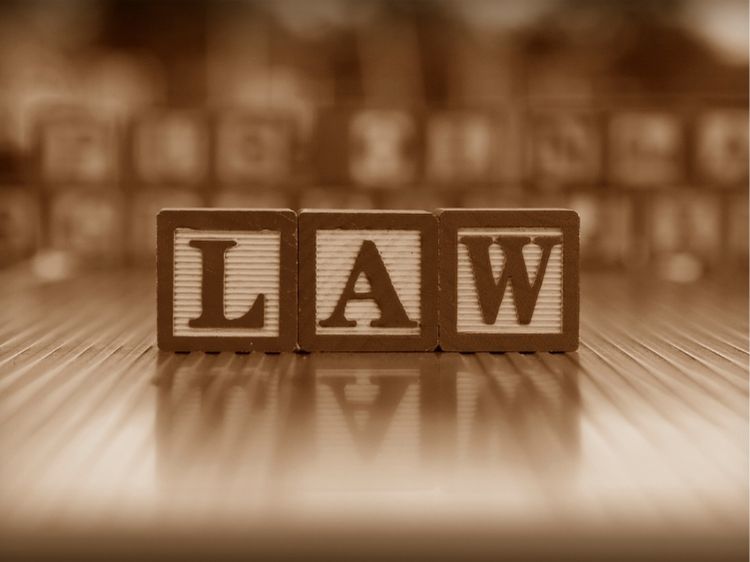Why Defective Product Cases Matter
Defective products are more common than you’d think, and the consequences can be serious. From safety hazards to massive recalls, some products hit the market with faults that lead to injury, illness, and even death. The following defective product cases examples highlight significant mishaps, what went wrong, and the lessons they bring to manufacturers, consumers, and even lawmakers. So, if you’ve ever wondered how serious product flaws could impact lives, read on for some shocking stories.
Understanding Defective Products and Product Liability
Defective products fall into three main categories:
- Design Defects – These are inherent flaws in a product’s design, making it dangerous even before it’s manufactured.
- Manufacturing Defects – These flaws occur during the production process and affect a portion of the products.
- Marketing Defects – Also called “failure to warn,” these defects involve insufficient instructions, warnings, or safety labels.
Famous Defective Product Cases Examples
1. The Ford Pinto Case (1970s)
In the 1970s, the Ford Pinto became one of the most infamous defective product cases. Ford designed the Pinto to be a compact, affordable vehicle. However, the gas tank’s placement caused serious risk during rear-end collisions, as it could easily explode on impact.
- Issue: Design defect in gas tank placement.
- Outcome: Ford faced numerous lawsuits and had to pay millions in settlements.
- Lesson Learned: Proper testing and safety evaluations could prevent similar issues.
2. McDonald’s Hot Coffee Case (1992)
When Stella Liebeck spilled a hot cup of McDonald’s coffee on herself, it led to third-degree burns and a hefty lawsuit. This case was not just about the coffee’s temperature but highlighted broader safety standards for hot beverages served to the public.
- Issue: Failure to warn; coffee served at dangerously high temperatures.
- Outcome: Liebeck won $2.7 million in punitive damages.
- Lesson Learned: Safety warnings and reasonable temperature standards are essential.
3. Takata Airbag Recall (2008–2018)
The Takata airbag recall affected millions of vehicles across multiple automakers. The airbags had a defect that could cause them to explode upon deployment, sending metal shrapnel flying.
- Issue: Manufacturing defect; faulty inflator in airbags.
- Outcome: Largest auto recall in history, with billions in settlements.
- Lesson Learned: Quality control and material testing can save lives.
4. Samsung Galaxy Note 7 (2016)
Samsung’s Galaxy Note 7 was a highly anticipated smartphone, but it turned into a nightmare due to battery defects. Reports emerged of the phones spontaneously catching fire or exploding, leading to injuries and damaged property.
- Issue: Design and manufacturing defect; unstable batteries.
- Outcome: Worldwide recall, flight bans, and massive revenue losses.
- Lesson Learned: Extensive product testing and a cautious approach with new technology can prevent such incidents.
Common Causes of Defective Products
Defective product cases arise from various factors, many of which can be traced back to oversight or corner-cutting during the production process. Here are some typical causes:
- Poor Quality Control: Failure to implement rigorous quality checks leads to defects.
- Insufficient Testing: Products should undergo thorough testing to detect potential issues.
- Cost-Cutting Measures: Skimping on quality materials to save money can result in dangerous products.
- Inadequate Warnings and Instructions: Failure to provide clear usage instructions or warn about potential hazards can cause harm to consumers.
Steps Consumers Can Take If They Encounter a Defective Product
If you find yourself with a defective product, here’s what to do:
- Stop Using the Product: Safety comes first. Discontinue use immediately.
- Document the Issue: Take photos and keep receipts, warranty cards, and any related documents.
- Report to the Manufacturer or Retailer: Inform them about the defect and see if they offer a remedy.
- File a Complaint with Regulatory Bodies: Agencies like the Consumer Product Safety Commission (CPSC) can investigate further.
- Consult with a Lawyer: If you suffered an injury, consulting with a lawyer specializing in defective product cases can help you pursue a claim.
Notable Defective Product Cases in Different Industries
Automotive Industry
The automotive sector has seen many recalls due to safety hazards. Besides Ford and Takata, other significant cases include:
- General Motors Ignition Switch Defect: The faulty switch could turn off while driving, disabling airbags and power steering. GM eventually paid billions in penalties and settlements.
- Toyota Unintended Acceleration: Issues with floor mats and pedals led to unintended acceleration. Toyota issued recalls and faced hefty fines for failing to disclose the problem.
Toy Industry
Children’s toys have faced numerous recalls, often due to small parts or toxic materials:
- Fisher-Price Rock ‘n Play Sleeper: Linked to multiple infant deaths, leading to a massive recall and public outcry.
- Aqua Dots: These arts and crafts beads contained chemicals that metabolized into GHB, a dangerous substance, when ingested.
Pharmaceutical Industry
Pharmaceuticals require strict testing, but even then, defective products can slip through:
- Vioxx Pain Reliever: Manufactured by Merck, Vioxx was withdrawn from the market after being linked to an increased risk of heart attack and stroke.
- Fen-Phen Weight Loss Drug: A popular diet pill, Fen-Phen was found to cause heart valve issues, resulting in a class-action lawsuit.
FAQs on Defective Product Cases
- What qualifies as a defective product?
A product is considered defective if it poses an unexpected risk to consumers due to design, manufacturing, or labeling issues. - Can I sue for a defective product if I haven’t been injured?
Most product liability cases require injury or damages to pursue a claim. However, recalls or replacements may be available. - How long do I have to file a claim for a defective product?
This depends on the statute of limitations in your state, which typically ranges from 2-4 years after the incident. - Are there any agencies that oversee defective product recalls?
Yes, the Consumer Product Safety Commission (CPSC) in the U.S. regulates recalls and investigates complaints about unsafe products. - What kind of compensation can I receive in a defective product lawsuit?
Compensation can include medical bills, lost wages, pain and suffering, and sometimes punitive damages.
The Takeaway: Learn from These Defective Product Cases Examples
Defective products are more than just faulty items—they can be dangerous, life-altering, and costly. Manufacturers must prioritize rigorous testing, transparency, and accountability to protect consumers. Likewise, consumers should stay informed about recalls, read product labels carefully, and know their rights if they encounter a defective item.
Authoritative Links (Plain Text)
- U.S. Consumer Product Safety Commission (CPSC): www.cpsc.gov
- National Highway Traffic Safety Administration (NHTSA) Recalls: www.nhtsa.gov/recalls
- Food and Drug Administration (FDA) Recalls: www.fda.gov/safety/recalls


